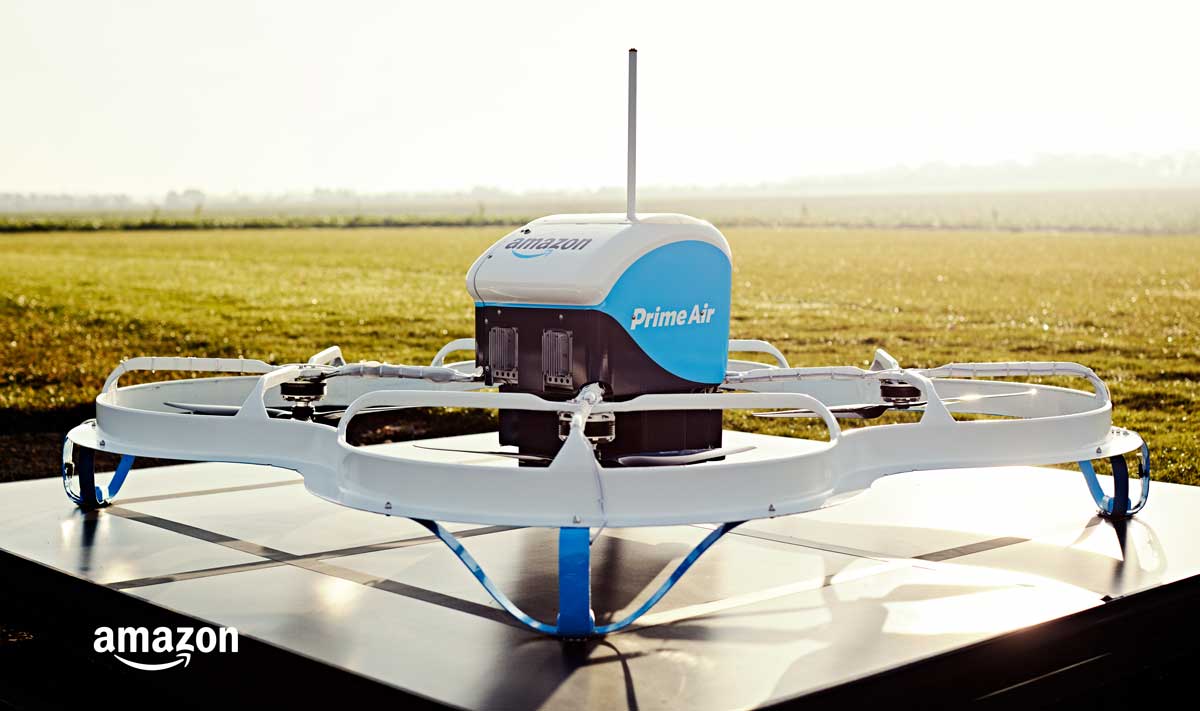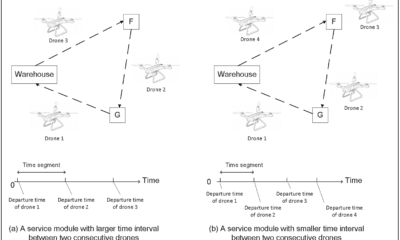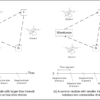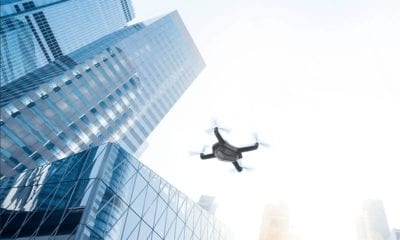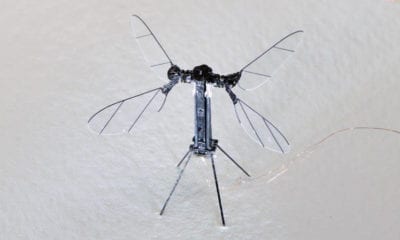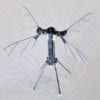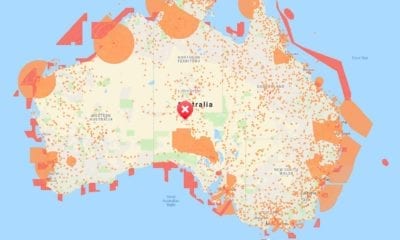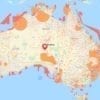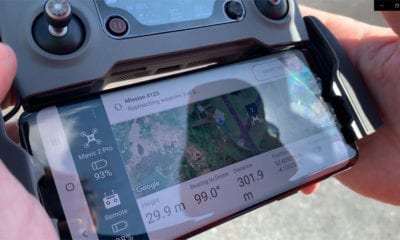Drone Delivery
A Multi-Sided Platform for Remote Operation of Shared Drones
In times when the commercial drone market is rapidly growing, there is still a challenge regarding the costs, operational complexities and regulatory restrictions which are holding it back from more widespread adoption.
However, a new thesis written by Dennis Chornenky at the Sloan School of Management in Massachusetts aims to demonstrate the economic potential of a multi-sided platform (MSP) that will allow remote operation of drones shared over the Internet.
The thesis also explores numerous ways in which a drone sharing platform can mitigate the challenges with technological solutions such as remote operation online and advanced autonomy – with the result of massive use of drones and reduced search and transaction costs for drone applications.
However, the thesis also evaluates all of the challenges regarding the remote operation of drones – proposing a strategy based on the expected loosening of regulations over time to scale the business to a dominant position with competitive advantage.
What are Multi-Sided Platforms (MSPs)?
Best characterized by “enabling direct interactions between two (or more) affiliated customer groups which have the potential for positive feedback loops and network effects,” MSPs reduce search and/or transaction costs for one or multiple sides.
Examples of MSPs include Uber, Airbnb, Facebook, Apple’s iOS and other sharing economy systems where customers communicate directly between two or more affiliated customer groups.
In the thesis, the author divides these platforms in two groups – as transactional (marketplace) or innovation-based ones. He also points out to a third group known as hubrids – if the platform possesses features of both transactional and innovation-based platforms.
“A platform for remote sharing of drones would allow a user side to go online and search for available drones and a drone owner side to make their drones rentable on demand for remote users. When a user finds an available drone in their location of interest, they could rent that drone and operate it remotely in real time for business or consumer applications.”

Drone Sharing MSP connectivity model
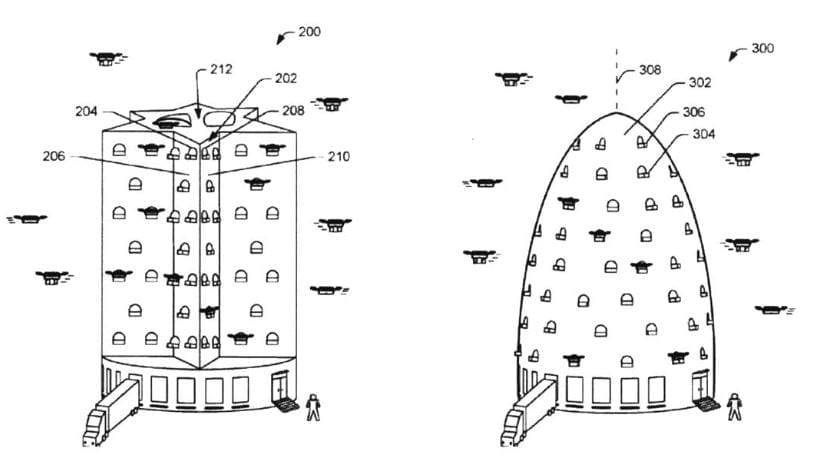
Drone fulfillment center designs in Amazon patent application.
Current Options for Establishing a Beachhead in Remote Operation & its Benefits
The potential of remote operation has been largely ignored and unexamined due to BVLOS restrictions. This is the main regulatory barrier that prevents the development of sharing platforms like these – allowing drone owners to make money and increase the economic utility of their drones by making them available over the internet.
However, the thesis also explores three possible options for establishing a beachhead in remote operation that would later capture a broader market:
- Law enforcement and other public safety agencies which can operate drones without restrictions.
- International operations in countries and regions that are less restrictive on remote operation.
- Lightweight drones that fall under the weight threshold for being regulated at all.
The main benefits of building a platform company in the drone space would be addressed to the future economic, industrial and social trends, such as:
- On-demand tele-presence around the world for exciting consumer experiences like virtual tourism.
- Enterprise applications for automating operations in logistics, production, and agriculture.
- Massive machine to machine architecture to support smart-city infrastructure, communications, transportation, and public safety management.
In times when aerial drone technology is undergoing remarkable advancement, a new generation of intelligent drones equipped with 4K HD cameras, advanced sensors and collision avoidance systems will create value in innovative ways.
The author later addresses all the challenges and potential opportunities of a system like this, pointing out the ecosystem and governance rules (access, interactions, privacy, security, openness, liability etc).
Final Words
In the end, the conclusion is based on the fact that launching a drone sharing MSP with remote operations may be worthwhile if there is a strategy in place that will align with the regulatory trajectories over time.
“Investing enough to quickly develop strong remote operation capabilities in a beachhead niche market would be important, but funding for scaling should be reserved until the broader market opens up and the MSP has demonstrated early product-market fit.”
If a model like this is adopted, scaling should follow by leveraging the millions of drones that are already in operation around the world – for the fastest and most economic way of growing the network.
Citation: ‘A multi-sided platform for remote operation of shared drones : deriving strategic opportunities from regulatory trends’, Author: Chornenky, Dennis, URI: http://hdl.handle.net/1721.1/117957

